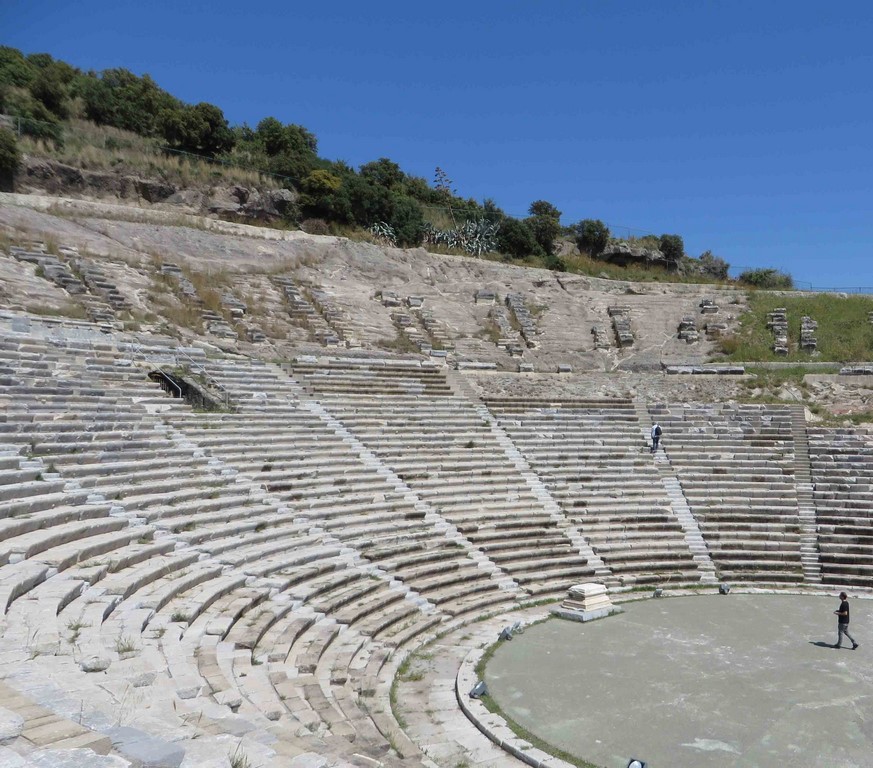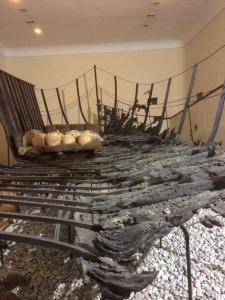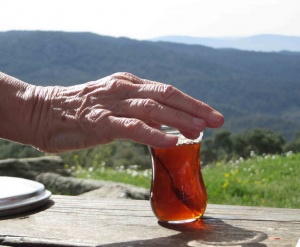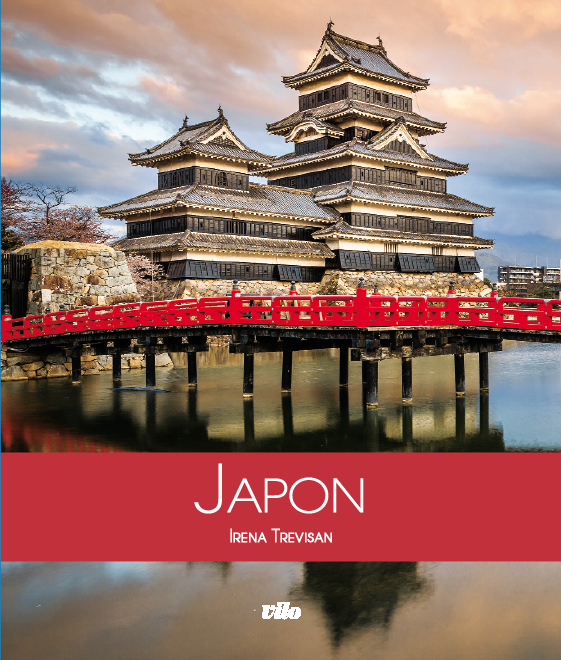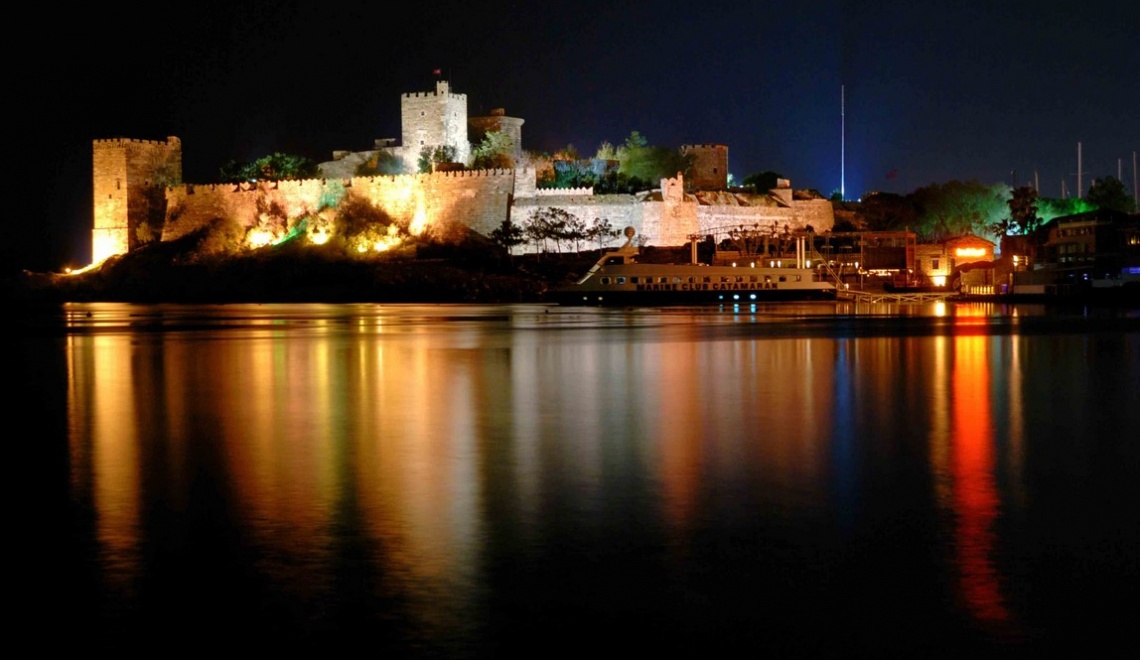
With its white houses and fuchsia bougainvilleas that seem to grow out of the windows, this former fishing port is a tempting mix of the Halicarnassus fisherman and Kate Moss on a detox cure. Bodrum is all about a light-hearted suspension of the self, a renewed sense of holiday indulgence.
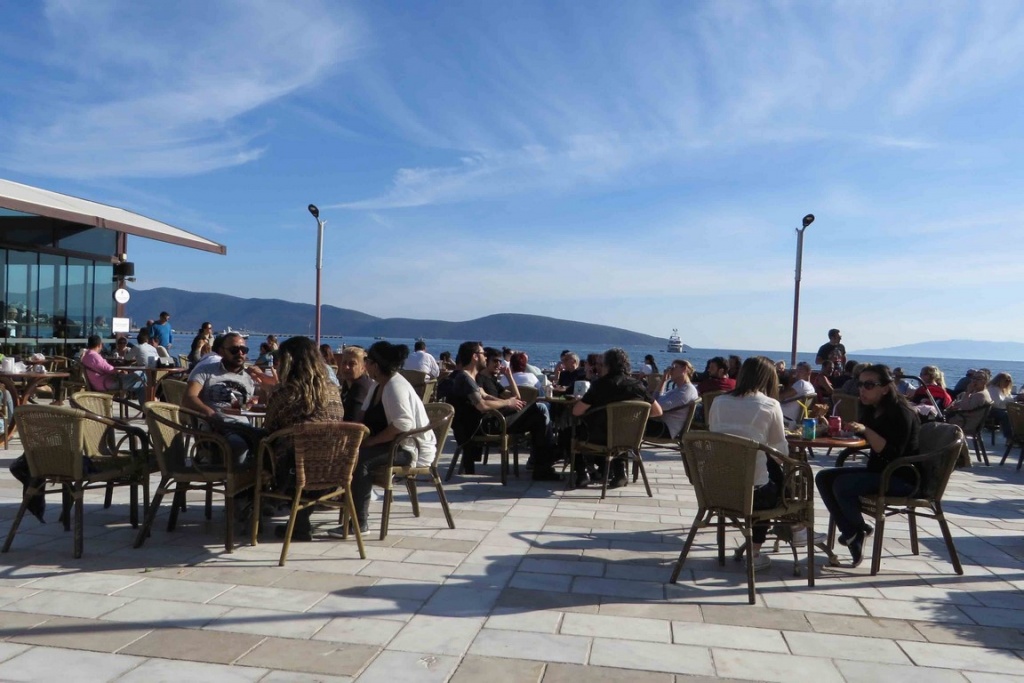
In the warmer months, people from all over the world flock to Bodrum: Stamboulians, Germans, Russians, Iranians, French... the crowds set the city alight, making Bodrum a hot spot on the Aegean.
Did you know that Croesus, King of the Lydians, made his fortune from the gold-bearing sands of the River Pactolus?
"Rich as Croesus", "Reaching the jackpot".
From Halicarnassus to Bodrum
Halicarnassus, a Greco-Anatolian city founded by Dorians at the end of the 11th century BC, stood on the site of present-day Bodrum. It was to become one of the most important colonies in the region, Caria, before coming under Lydian and then Persian rule. It was during this period that Artemisia was born, the first female admiral in history, and Herodotus, the world?s first historian. He made no secret of his delight when he wrote: "I make an exception for Artemisia, whom I greatly admire for having waged war against Greece, even though she was a woman...".
It was not until the 4th century BC that Mausoleus, satrap (governor) of Caria, transferred his capital to Halicarnassus and turned it into a prestigious city, the remains of which are protected today. He began building a mausoleum, which would become one of the Seven Wonders of the Ancient World (the term has been used ever since to designate all grandiose funerary architecture). Today, we can only imagine this tomb, because after several earthquakes, it was dismantled down to the last stone; all that remains are the foundations.
In 1402, a disruption in the Ottoman Empire allowed the Christians to settle in the town and build the sturdy Château de Saint-Pierre. They remained there for a century, until Suleiman the Magnificent, Sultan of the Ottoman dynasty, drove them out. St Peter?s Castle (Petrum) lent its name to the town, which, by slight deformation, became Bodrum.
Rare and precious are the lands that have been able to integrate so many civilisations and that can still bear witness to this today. To the delight of residents and visitors alike, the city now boasts a number of monuments and museums illustrating this fine heritage.
The Château de Saint-Pierre le Libérateur: a key monument in the landscape
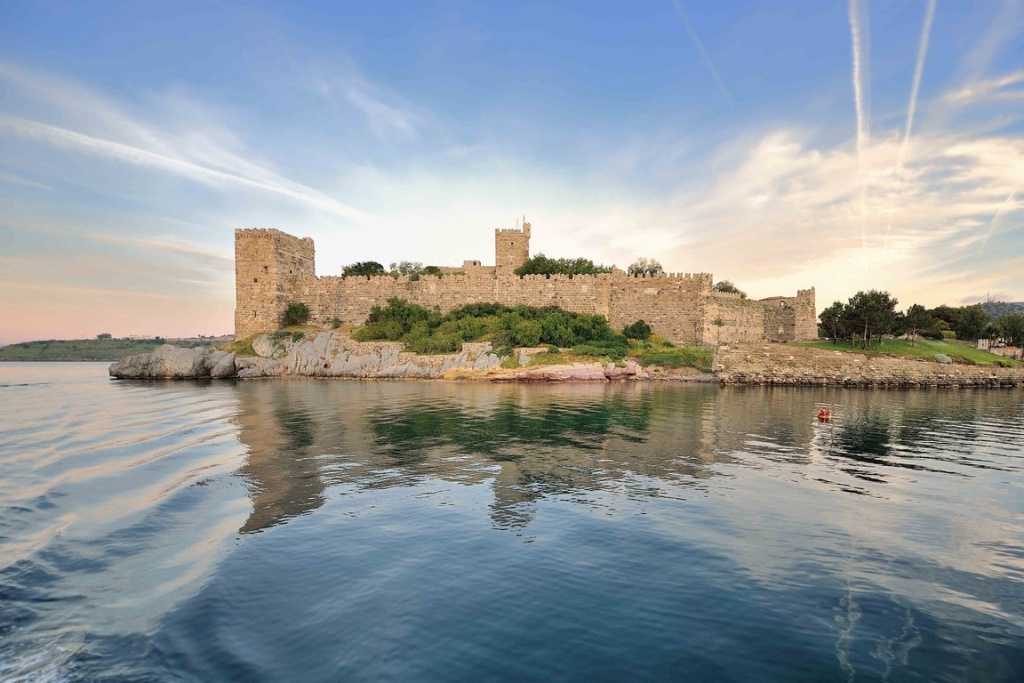
The workers who built the castle of Saint-Pierre le Libérateur were guaranteed their place in paradise by papal bull.
To our great dismay, the stones are missing from the Marvel of the Ancient World, but they were used to build powerful fortifications at the Château de Saint-Pierre. You had to pass through seven gates via tortuous, open passages (ideal for shooting) before reaching the interior of the citadel!
The workers who built the castle of Saint-Pierre le Libérateur were guaranteed their place in paradise by papal bull.
In the 15th century, the Hospitallers of Saint John of Jerusalem, a powerful religious, hospitaller and military order, began building this castle. It served to guarantee their defence and shelter Christian refugees during the Crusades. One of the distinctive features of this fortress is that each of its defensive towers was assigned a language specific to the members of the Order: there was the English tower, the French tower? You may be lucky enough to see a peacock strutting and cartwheeling among the volcanic rocks. The castle now houses the world?s largest museum of underwater archaeology.
The Museum of Underwater Archaeology
The museum is world-renowned, and its collections are spread across esplanades, galleries and towers. On display are objects from the oldest known shipwreck: the Uluburun, Nefertiti?s ship from the 14th century BC. The amphora gallery houses an exhibition of vases, amphorae and objects dating back to the Bronze Age (2500 BC). The room of the Carian princess Adra (sister of Mausoleus) houses her skeleton and the furniture found in her tomb. The Glass Room contains one of the largest and oldest collections in the world, dating from the 14th century BC to the 2nd century AD.
In the interior garden, Mediterranean plants and trees flourish, such as the oriental plane tree, whose shade boosts health, and the myrtle, the plant of Aphrodite, symbol of love and desire?
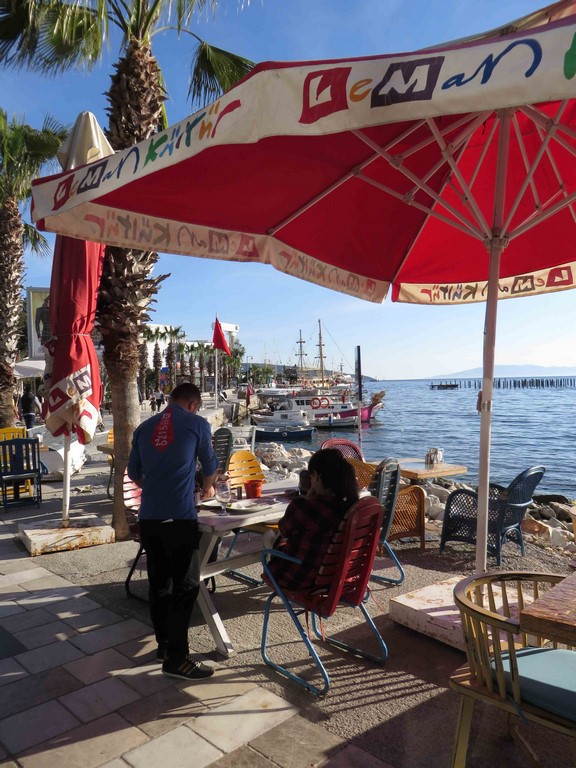 Bodrum delights
Bodrum delights
In the early hours of the morning, the last silences of the night and the chirping of the birds accompany the sunrise behind the bay of Bodrum.
As the first sounds of the city are heard, a rosy light shimmers over the sea and the port. The grounds of the Turkish coffee, dipped in the water, foretell a wonderful day ahead.
Head for the bay, aboard one of the famous schooners. Originally Spartan fishing boats, these "gulets" are now magnificent, elegant wooden sailing ships, hand-built by master craftsmen. The intimacy of the small group on board creates an atmosphere of friendship; swimming, aperitifs and exploring the coastline, we embark for a few hours, or a few days.
In the late afternoon, while the men are playing Tavla (ancestor of backgammon) and the night?s festivities are getting ready, you can make the most of Bodrum?s atmosphere by wandering through the town?s narrow streets. Or you can sit in the sunshine in one of the many beach cafés, where the tables are planted in the sand and the scent of hookah mingles with that of the breeze; a cocktail please!
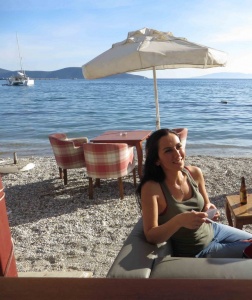
In the restaurant, don't be too bold with the mezzés, a delicious taste of Turkish culinary art. Fish and vegetables have pride of place in the main courses, but you should leave a little room for desserts. As well as exquisite loukoums, Turkey has many other delicacies?
Ingres?s Turkish Bath and The Thousand and One Nights may have lined our European imaginations with the wonders of the Orient, but don?t count on the odalisques and harems of Bodrum, there aren?t any. But the dream of exoticism and voluptuousness is reborn in the sensuality of the bodies dancing in the half-light of the many clubs on the Aegean coast. At dawn, the sound of David Guetta gives way to the no less refined chant of the muezzin, inviting us to go to bed - or back to sleep!
Nearby: Gümüslük and Labranda
Finally, a visit to Gümüslük! This small fishing village, with its welcoming, idle atmosphere, is guaranteed to win you over. Antony and Cleopatra had the good sense to stop here.
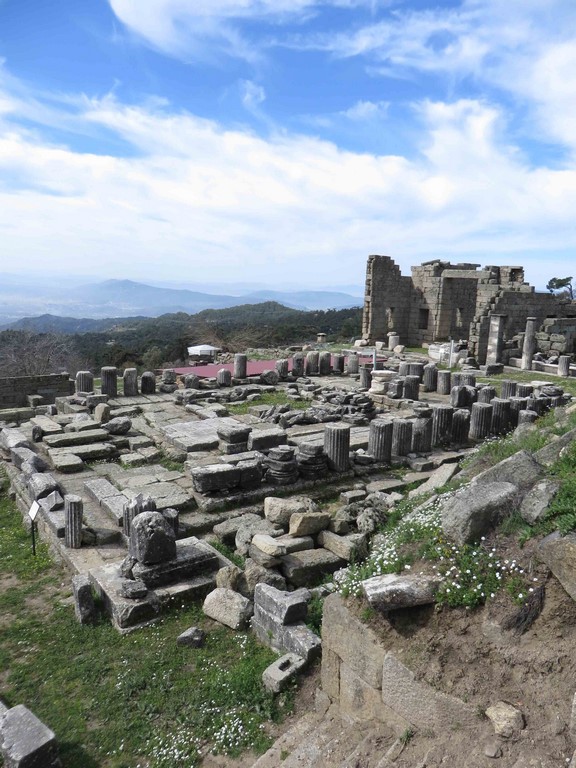
Labranda, 18 km north of Milas
Nestling in the heart of the mountains, Labranda is a fascinating digging ground for archaeologists. Air, stone and water are its only constituent elements, giving the place a 'spirit' that has probably remained unchanged for thousands of years.
This Carian sanctuary, dedicated to Zeus of Labranda, was the epicentre of this powerful civilisation, whose influence and cult practices can be found in Bodrum today. The satrap of Caria, Mausoleus, worked to extend the sanctuary and even made it his family shrine. The double-edged axe, then the attribute of Zeus, is today the symbol of matriarchal and feminine power?
Where to stay in Bodrum and the surrounding area?
Bodrum trip 5*
http://www.voyagehotel.com/Voyage-Bodrum-EN
Mandarin Oriental, 5* Hotel
A luxurious and idyllic hotel and spa located on Paradise Bay.
http://www.mandarinoriental.fr/bodrum/
Preparing your trip
Mondial tourisme, specialist in travel to Turkey.
http://www.mondialtourisme.fr/
Turkish Tourist Office
www.goturkey.com
http://www.turquietourisme.gov.tr/
Text: Capucine Ferry
Photos: Capucine Ferry and Turkish Tourist Office.

